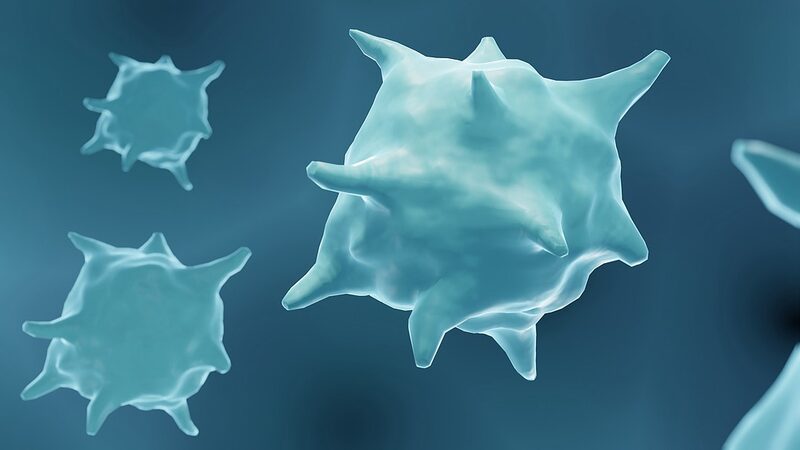In a significant medical breakthrough, U.S. researchers have identified a gene responsible for certain inherited retinal diseases (IRDs), offering new hope to millions affected by vision-threatening conditions worldwide.
IRDs are a group of disorders that damage the eye’s light-sensing retina, leading to progressive vision loss. Affecting over 2 million people globally, each individual disease within this group is rare, posing challenges for researchers to gather sufficient data for studies and conduct clinical trials, according to the U.S. National Institutes of Health (NIH).
The study, sponsored by the NIH and published in JAMA Ophthalmology on Thursday, reveals that mutations in the gene UBAP1L are linked to various forms of retinal dystrophies, including maculopathy, cone dystrophy, and cone-rod dystrophy. These conditions can lead to severe visual impairment and blindness.
“These findings highlight the importance of providing genetic testing to our patients with retinal dystrophy,” said Dr. Laryssa A. Huryn, co-senior author of the study and an ophthalmologist at NIH’s National Eye Institute. “The collaboration between the clinic and the lab is invaluable in enhancing our understanding of retinal diseases.”
The identification of UBAP1L as a causative gene paves the way for improved genetic testing, early diagnosis, and the development of targeted therapies. This advancement holds particular significance for communities around the world where access to specialized medical care is limited.
The discovery not only brings hope to patients and their families but also underscores the global effort in combating rare genetic diseases. As researchers continue to unravel the genetic underpinnings of IRDs, the prospects for effective treatments and even cures become increasingly attainable.
Reference(s):
U.S. researchers discover gene responsible for inherited eye disease
cgtn.com








